In 500 Years, the Sierras’ Stores of Snow Have Never Been This Low
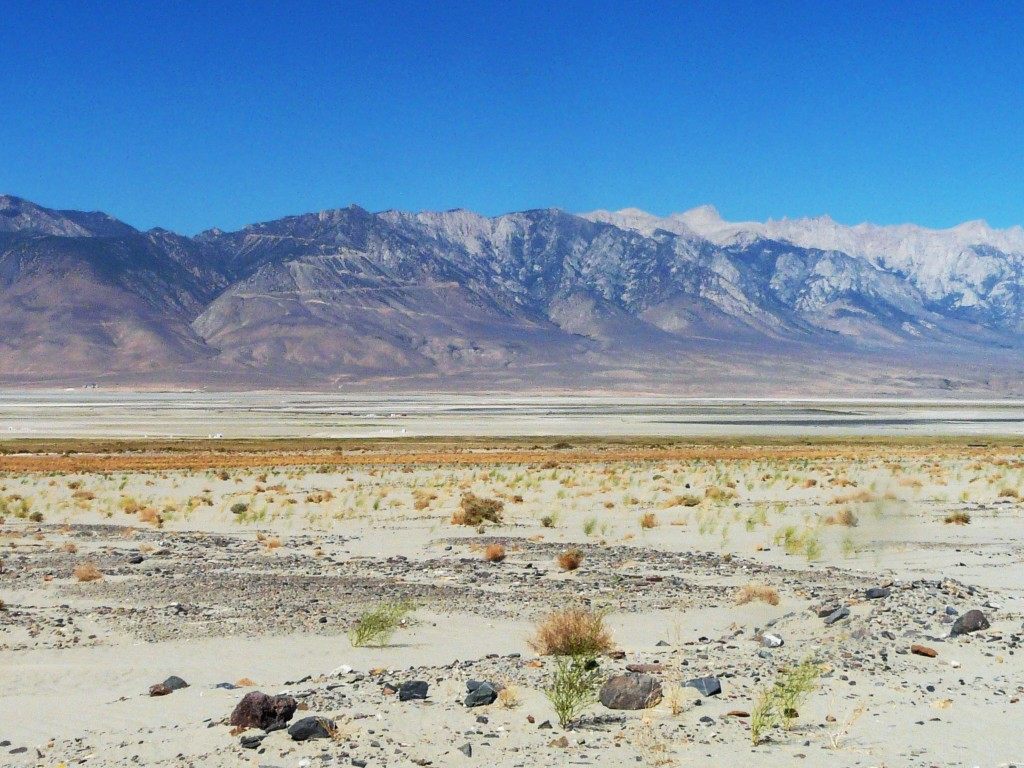
The Sierra Nevadas (Photo: François B. Lanoë/Nature Climate Change)
As if there needed to be one more sign that man-made climate change is making the world a very different place to live, a new study has found that the snowpack in the Sierra Nevadas is the lowest it’s been in the past 500 years.
By using data from weather stations, tree rings, and temperature reconstructions, a group of scientists were able to reconstruct snowpack conditions on April 1 of every year going back to the early 1500s. And this year’s low, they write in Nature Climate Change is “unprecedented” in the last five centuries.
For context, five hundred years ago, Europeans didn’t really know California existed. Spanish explorers didn’t even see the San Francisco Bay until 1769, less than 250 years ago. California didn’t become an American territory until the 1850s.
California depends on this snowpack for water during its dry summers. (Snowpack is made not just of one season’s snow, but of the accumulation of snow that gathers on a mountain, melts partially over the spring and summer, and grows again over the winter.) But it’s harder to reconstruct its historical levels than those of precipitation or drought. Studies like this one often depend on tree rings to reveal how weather played out in the years before people starting keeping track. But since trees grow in the summer and snow falls in the winter, the connection between the two variables can be a little shaky.
Most weather stations didn’t start tracking snowpack data until later in the 20th century, either. But in California, weather stations starting measuring snowpack early on, in the 1930s, around the same time the federal government decided to provide irrigation to the state’s Central Valley, now the heart of its agriculture industry.
“That alone is an indication of how important this snowpack is to California,” says Valerie Trouet, an associate professor at University of Arizona’s Laboratory of Tree-Ring Research and an author of the study.
To create a record going further back, Trouet and her colleagues looked at the rings of blue oak trees. “They’re some of the most climate-influenced trees I know of,” she says. “In years of very wet winters, they’ll grow a lot, resulting in very wide tree rings. In dry winter, they’ll grow very little, resulting in thin tree rings.”
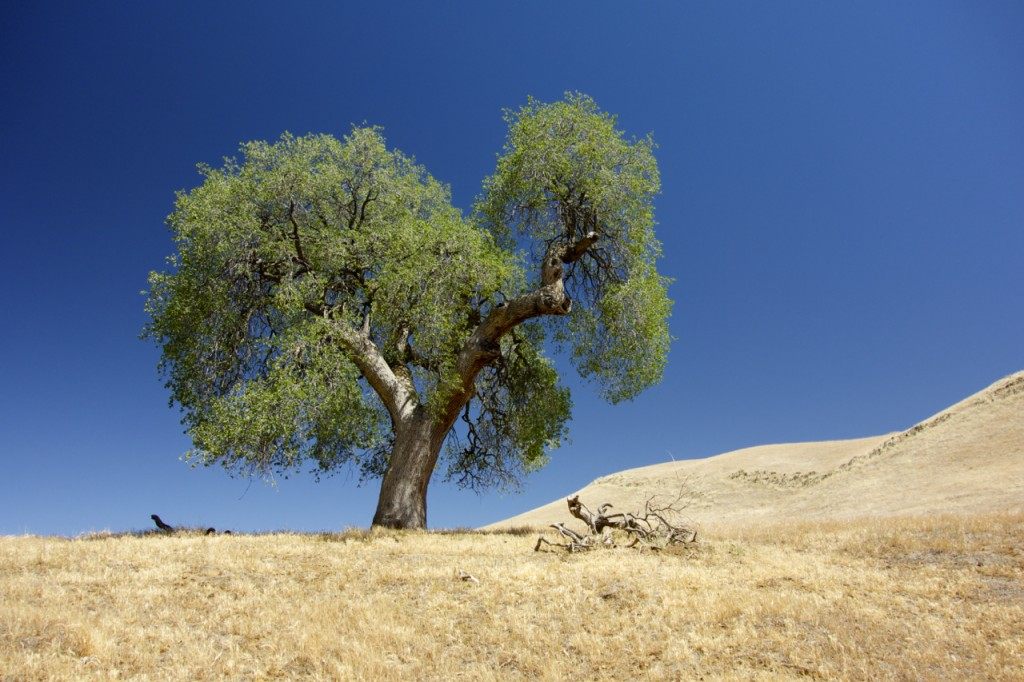
A blue oak (Photo: K.J. Anchukaitis/Nature Climate Change)
These trees were also conveniently located. They don’t live in the mountains, but in California’s Central Valley, right in the path of the storms that drop snow on the Sierra Nevadas. The storms come down from the North Pacific, over the valley and into the mountains, and the same storms that soak the trees and speed their growth drop heavy loads of snow further west.
Precipitation isn’t the only factor that governs snowpack, though. Temperature matters too. In 2015, the precipitation in the mountains was very low—California is in the middle of a historic drought—but within the realm of natural variability, Trouet says. The scientists’ reconstruction accounted for both variables, and it’s the two factors together, low precipitation and record-high temperatures, that make this year’s snowpack so exceptionally low.
The role of temperature also means that there will likely be more years of such low snowpack coming, too. “We haven’t modeled the future in this study,” says Trouet. “But we know that temperature are on the rise because of anthropogenic climate change. If the temperatures are going to keep rising, the chances of co-occurrence will rise going forward, too. And the 2015 snowpack low will likely occur more frequently in the future.”
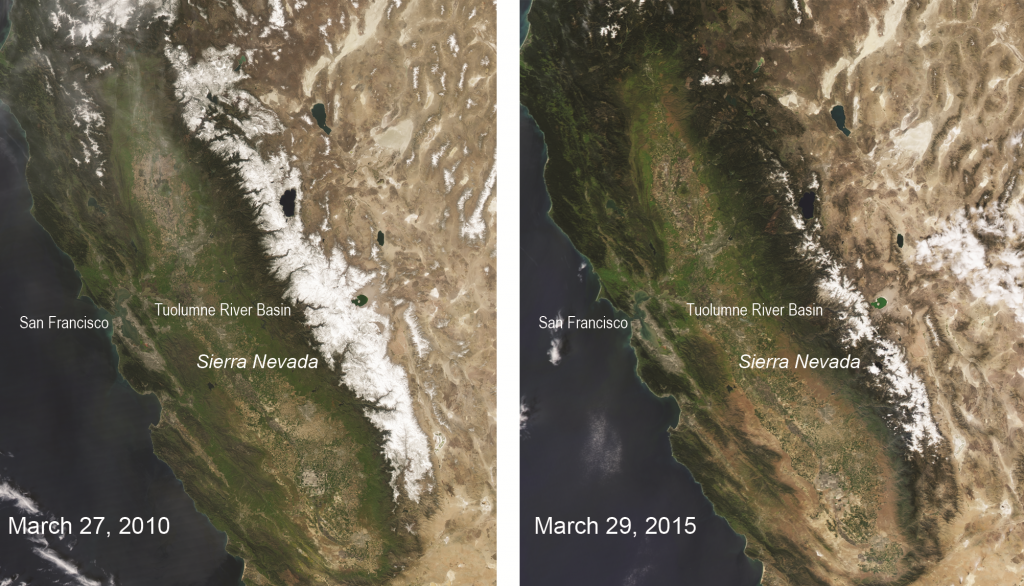
What it looks like from space when snowpack is low (Image: NASA/MODIS)



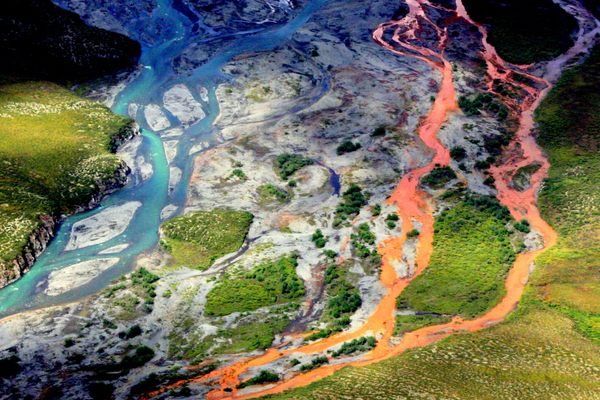
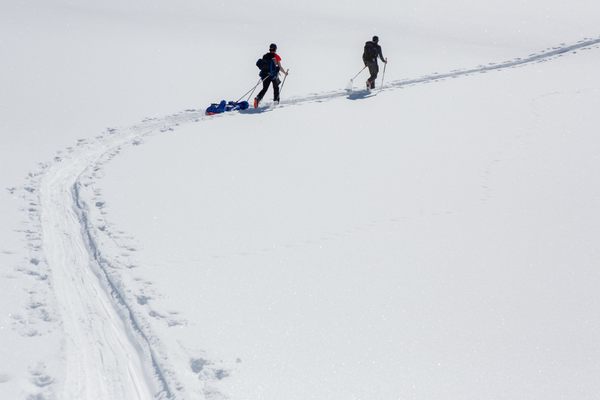
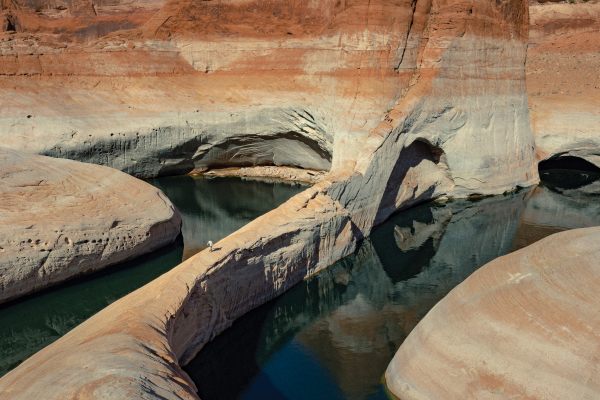








Follow us on Twitter to get the latest on the world's hidden wonders.
Like us on Facebook to get the latest on the world's hidden wonders.
Follow us on Twitter Like us on Facebook